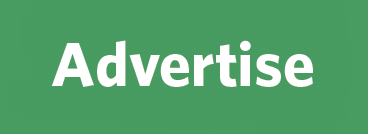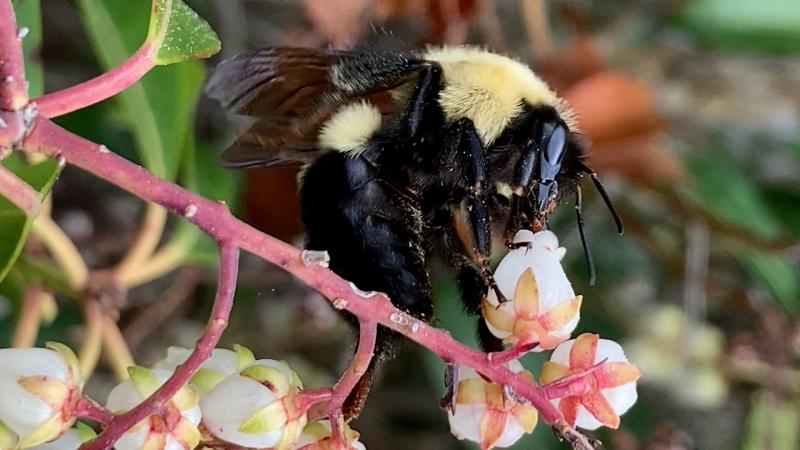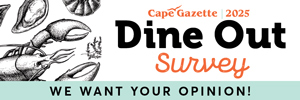Blooms bring pollinators to do their thing
Our native pollinators are emerging and searching for flowers! Insects that are pollinators make up a diverse group, including bees, flies and beetles.
Some insects seek nectar and inadvertently distribute pollen, while others harvest and feed on protein-rich pollen as they move from flower to flower. Pollination enables the plant to produce seed or fruit. Flowers have a variety of colors, shapes and smells to encourage pollinators to visit. Insect pollinators require a pesticide-free environment to survive and thrive.
Look to the trees for the first blooms. Bees are especially attracted to yellow, blue, violet and purple flowers with a sweet smell. Red or swamp maples (Acer rubrum) show a halo of red bloom and are followed by the eye-popping fuchsia flowers of the eastern redbud (Cercis canadensis). These native trees host honey bees and many native species: bumble bees, cellophane bees, mining bees and sweat bees.
Identifying bees seems quite risky at first, but a foraging bee focuses on the flower and you can get quite close. Every spring, our blueberry bush vibrates and hums with bees collecting nectar and pollen from the pink, bell-shaped flowers. During our backyard ball games, the odds of the plastic ball landing in the bush are extremely high. Initially, it took some delicate investigation and guts to extract the ball. Ultimately, those bees paid no attention to us, they were so busy. However, please proceed with caution around bees if you are concerned about a severe allergic reaction.
The European honey bee (Apis mellifera) is recognized as an important local and commercial pollinator, but native insect species are more efficient, work longer hours, and are compatible with native plants and many garden species. According to the Xerces Society, xerces.org, about 4,000 species of bees are native to the United States. To identify a bee, look for two pairs of wings, long and segmented antennae, and a body with branched hairs (lots of split ends). For transporting pollen to feed their offspring, females may have stiff hairs called “scopa” on each hind leg or under their abdomen, or curved hairs that form a “corbicula” (pollen basket) on each hind leg. Bees range in size from 2.1 mm to 25.4 mm (1 inch) long and come in a variety of colors beyond the basic yellow and black. Look for specimens with white, orange, yellow or black stripes, or dark brown, black, red or metallic blue and green bodies.
Tulip poplars (Liriodendron tulipifera), which bloom in late April, support pale greenish-yellow, cup-shaped flowers on the tallest branches. The flowers attract more flies and beetles than bees. Flies zoom to white, green or dark-purple flowers that often have a stinky smell. They collect nectar in shallow blooms using sucking mouth-parts and become covered in pollen. Flower or hover flies are colorful and often mimic bee species, and bee flies do resemble bumble bees. To confirm your fly sighting, look for short, wide, down-turned antennae and only two wings (a pair). Some may have hair bristles but lack pollen-carrying scopa. Wild and cultivated strawberries and carrots depend on flies for pollination.
Fossil records indicate that Coleoptra (beetles) shared time and space with the dinosaurs and were the first plant pollinators. The most diverse group of organisms in the world, beetles include both beneficial and pest species of many kinds. Pollinators include soldier beetles, scarabs, long-horned beetles, sap beetles and checkered beetles. Their front pair of wings are hardened into wing cases called “elytra” to cover the flight wings. Beetles have a long history of pollinating magnolias, such as our native sweetbay magnolia (Magnolia virginiana) and Carolina allspice or sweetshrub (Calycanthus floridus). They typically visit large, showy flowers that have a bowl shape. The white, green or maroon blooms have a strong fruity, spicy or rotting smell. Beetles chew through tough flower petals to harvest the rich, fatty-protein grains and distribute excess pollen to other flowers.
Enjoying flowers and supporting our native pollinators can take a variety of forms. Plant a native tree, cultivate a vegetable plot, grow sunflowers next to a field, or plant a window box of annuals or perennials. A Mid-Atlantic native plant list may be found at xerces.org/pollinator-conservation/pollinator-friendly-plant-lists. For more inspiration, visit Delaware Botanic Gardens at Pepper Creek near Dagsboro. Enjoy free admission by bringing a donation to support the Food Bank of Delaware on Mother’s Day, Sunday, May 11. Learn more at delawaregardens.org.


















































